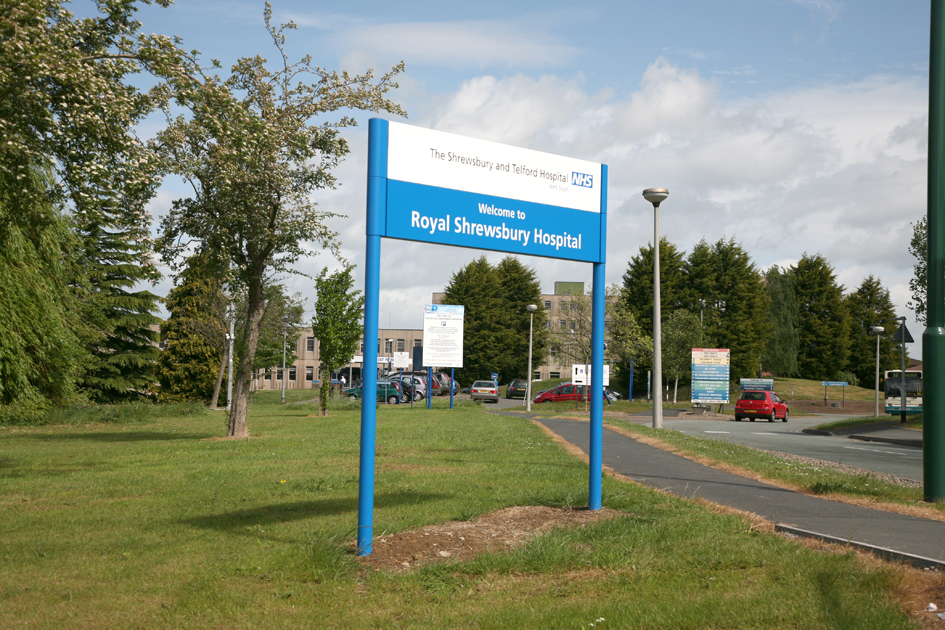The drop marks the second consecutive decline after figures rose for the first time in six months in March.
Health and social care secretary, Wes Streeting said: ‘NHS waiting lists have fallen in May for the first time in 17 years, dropping by more than 260,000 since we took office. This is not a coincidence – it is because this Government has delivered on the Plan for Change and put in the work to finally get our NHS moving in the right direction.'
The latest figures showed 60.9% people waited 18 weeks of less for planned care, the highest proportion since July 2022, but well below the NHS performance standard of 92%. The Government has set an interim target of 65% of people being treated within 18 weeks by March 2026.
Staff carried out a record average of 75,009 planned treatments each working day with a total of 1.5m treatments in the month up on 1.45m in April.
It was the busiest May ever for the number of tests and checks (2.5m) and A&E attendance (78,300 per day). Despite this, the highest proportion of patients were seen within four hours since August 2024 (75.5%) and it was the best June performance since 2021.
While ambulance services also faced the busiest June since 2021 with 759,635 incidents, teams reached patients faster with Category 1 response times 26 seconds quicker on average than June 2024 at 7:55, and Category 2 responses five minutes faster than last year at 29:37.
NHSE said over 99% of GP practices had signed up to the Advice and Guidance scheme designed to drive care away from hospitals, taking up to 2m patients from waiting lists in the next year.
The figures came with the publication of a new dashboard showing performance for each trust on seven key measures, including performance on overall waiting lists, cancer, diagnostic test and checks and A&E waits.
Reaction
Chief executive of NHS Providers, Daniel Elkeles, said the ‘bleak prospect' of a full five-day walkout by resident doctors jeopardised hard-won progress to cut waiting lists and efforts to see patients quicker.
Nuffield Trust deputy director of research, Sarah Scobie, said: ‘The waiting list for planned care was growing for almost a decade before its peak in 2023, so while it is good news that it has come down from its peak, until the NHS is able to meet the growing demand for healthcare, we will continue to see delays and frustration.'
Danielle Jefferies, senior analyst at The King's Fund, said: ‘In the coming months and years, the Government will need to be honest with the public over what trade-offs we should expect in the care we receive as it sets about delivering on its planned reforms. Potential forthcoming industrial action can also impact patient care across a wide range of services, affecting how long patients wait and our mental and physical health.'



